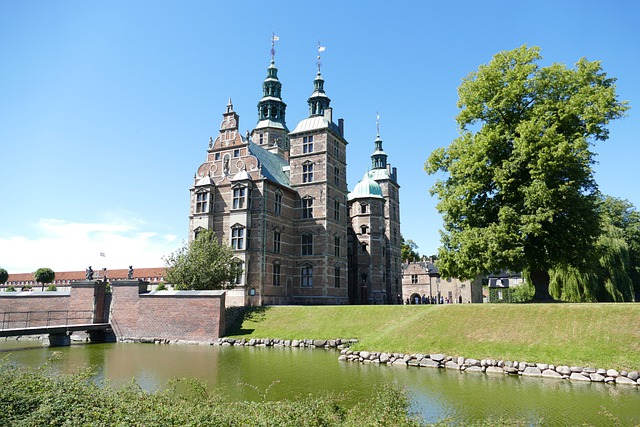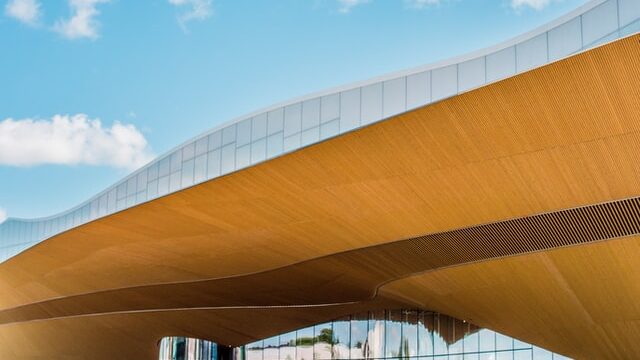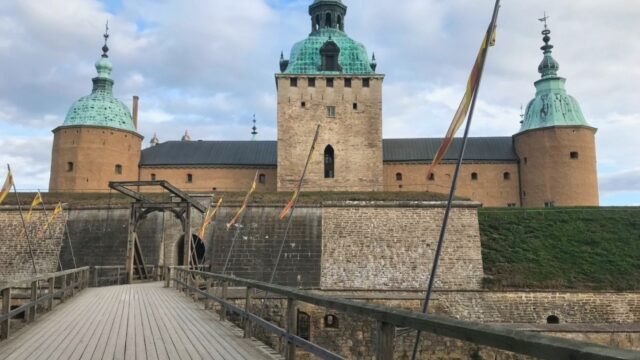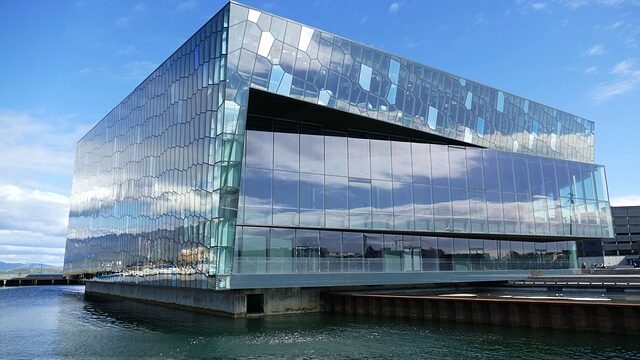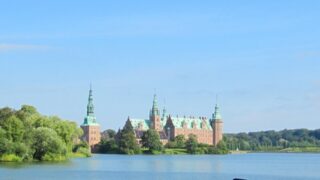In the Danish city of Copenhagen, there is an old castle called Rosenborg Castle.
It was built in 1606 by the then King Christian IV of Denmark.
Today, it is open to the public as a museum that displays furnishings related to the royal family and treasures such as the crown.
In this article, I would like to explain Rosenborg Castle, which is related to the Danish royal family.
What is Rosenborg Castle?
Rosenborg Castle is a small old castle located in central Copenhagen, Denmark.
King Christian IV of Denmark carried out the construction of Rosenborg Castle in 1606.
The architects Bertel Lange and Hans van Steenwinckel were also involved in the construction.
It was initially built for King Christian IV to spend his private time in the summer.
It is a building similar to a villa or cottage today.
Rosenborg Castle is decorated in the Dutch Renaissance style, which was common in Denmark during the 17th century.
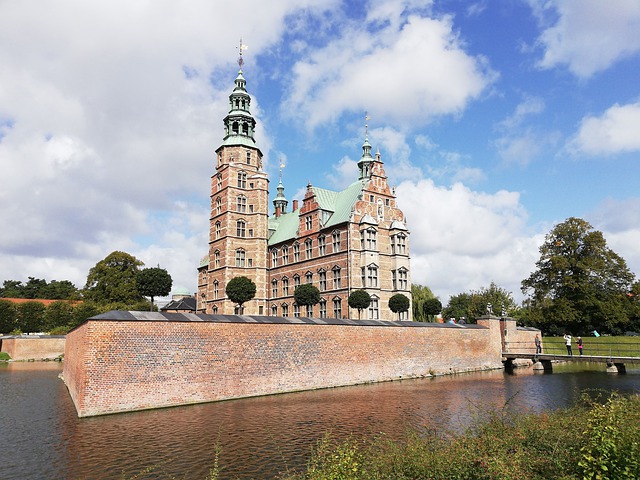
Rosenborg Castle means “Rose Castle.”
True to its name, the castle stands out for its beautiful blending into the city of Copenhagen, its red-brick walls, and its bronze roof.
Today, the castle is recognized as Danish national property.
Since 1838, the castle has been open to the public as a museum exhibiting the royal family’s collections.
Visitors can see furnishings and artifacts related to the Danish royal family from the 16th to the 19th century.
History of Rosenborg Castle
Since its construction in 1606, Rosenborg Castle has undergone numerous renovations.
After 28 years of construction, the castle was restored to its present form in 1633.
Christian IV planned the structure of the court.
He was a great ruler who ruled Denmark for 60 years, from 1588 to 1648.
Christian IV loved Rosenborg Castle so much that he often visited and enjoyed his stay there outside of the summer season.
At the time of his death in 1648, he drove his carriage to Rosenborg Castle and passed away in his bedchamber.
In 1710, Rosenborg Castle was recognized as a royal residence.
Exhibits in the castle interior
Rosenborg Castle is open to the public for tours of the castle.
However, there is a strict security check before entering the castle, as there is also a treasure house where crowns and jewels are on display.
Large luggage must be kept in free coin lockers or at a temporary storage facility.
Hand-held cameras are allowed, but you must pay an additional fee for taking pictures.
Although there is a fee for taking photographs, the interior of the castle and the collections on display are masterpieces of great historical value. Therefore, even if it costs a little more, it is worth it.
Rosenborg Castle is divided into two entrances.
The interior part of the castle consists of three floors, and the underground treasure house consists of two floors.
The museum features rooms surrounded by paintings and furnishings such as pottery and household goods.
Visitors can experience up close how the Danish royal family once lived.
The basement is the treasure room.
In addition to the crown given to King Christian IV at his coronation, there is a lavish collection of swords, ivory carvings, and gold objects.
Among the exhibits, the crown jewels and the scepter, a symbol of the king’s authority, are said to be especially popular among tourists.
The oldest garden in Denmark
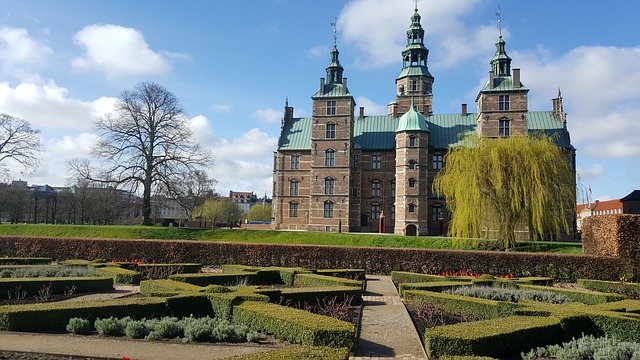
The gardens surrounding Rosenborg Castle are also a must-see attraction.
The area surrounding the castle is known as the “King’s Garden.”
It is also called “Kongens Have” or Rosenborg Gardens.
The gardens are said to be older than Rosenborg Castle, having been landscaped before the construction of the castle in 1606.
Therefore, the garden is known as the oldest garden in Denmark.
The garden is said to be full of young people and families on holidays.
Conclusion
Rosenborg Castle was built as a summer residence for King Christian IV.
Today, it is used as a museum that tells the history of the Danish royal family.
The castle’s serene appearance, blending with the city of Copenhagen, gives a sense of its 400-year history.
